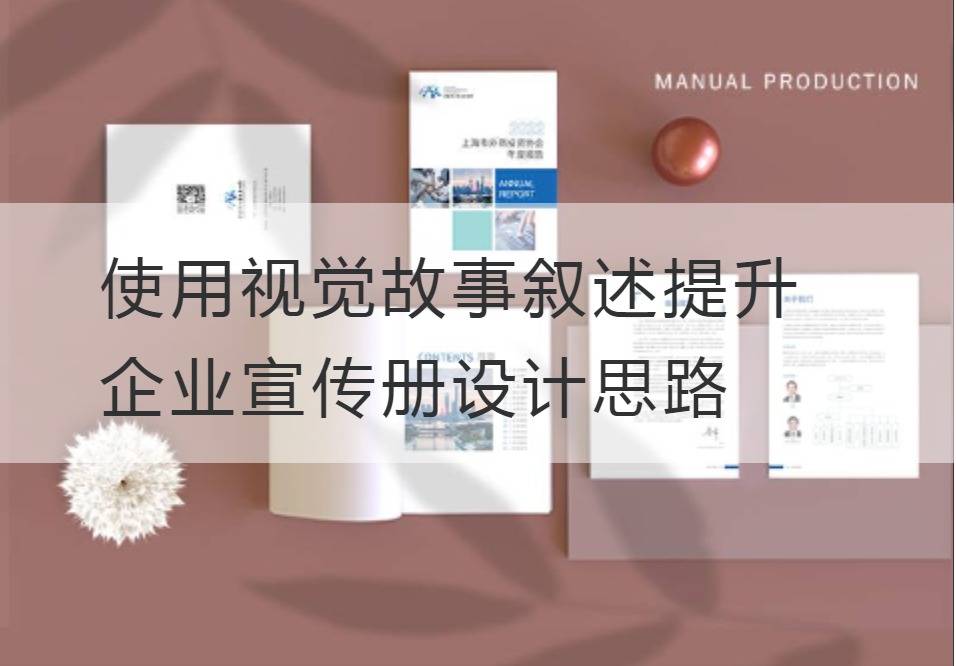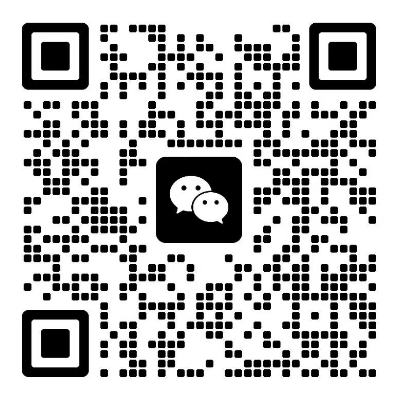Using Visual Story Narration to Promote the Design of Corporate Brochure
In the new era of the innovation economy, companies need to explore deeper design approaches to capture and retain customers' attention. By using visual storytelling in their designs, businesses can create unique experiences that bring their products or services to life. This article examines the key factors that use visual storytelling to enhance corporate brochure design thinking.
Once upon a time, the design of corporate brochures was often content with catalog-style content arrangements and tedious layouts. However, today's era of information explosions has made customers weary of such designs, and they are eager to see designs that are creative and innovative. At this point, it is particularly important to incorporate visual storytelling into the design.

First, we must define visual storytelling clearly. Visual story narration is a kind of narrative art with strong visual elements. It tells stories through images, colors, patterns and layouts, and awakens the viewer's emotional response. This strategy typically involves one or more storylines, as well as a series of dynamic events. The application of visual story narration in the design of corporate brochures is to use these elements to create a story situation for the brand or product image that audiences can engage in and generate emotional resonance.
Among them, the importance of color for visual storytelling should not be underestimated. Color not only can strengthen the visual impact, but also is an important channel to express corporate brand culture and display product characteristics. Choosing accurate color combinations can guide the viewer's emotions and reactions, thus better filling and conveying the brand's message.
Whether you're using monotones or color tones, or contrasts between warm and cold, the use of color should be based on the type and content of the story you're telling. For example, warm colors can be used to tell stories about passion and energy, while cool colors can be used to create a quiet, relaxed atmosphere.
Layout is also an important element in visual storytelling. A good layout guides the reader's eyes so that they understand and remember the message you want to convey. You can use symmetrical or asymmetrical, balanced or unbalanced, dynamic or static layouts to present the theme you want to express.
The idea of visual storytelling is to bring your audience into your story as much as possible. This means you need to take into account the possible reactions of a variety of viewers, including their ability to understand, emotional states, etc. Your design needs not only to shine, but also to inspire.
Generally speaking, the use of visual story narration in the design of enterprise brochure has far-reaching significance. Not only does it show your products and services to the audience, it tells them your brand story and resonates with them. Of course, the key to using visual storytelling is to find the story that fits your brand and resonates emotionally with your audience.
In a word, with vision as the core, story as the clue, emotion as the bridge, and technology can create a new generation of corporate brochures. The use of visual story narration undoubtedly elevates the design level and gives life to the design. In this direction, we can putCorporate Brochure DesignTo a whole new world of possibilities.
Recommended Reading:
Detailed Explanation of Registration Marking Technology in Brochure Printing
It's crazy beautiful: Aesthetic Ideas in the Creation of Brand Albums
Album design: Blending of color, layout and visual language
Professional Branding Tools: The whole process of brand album design and production



